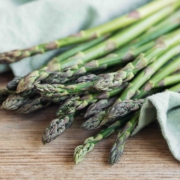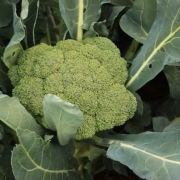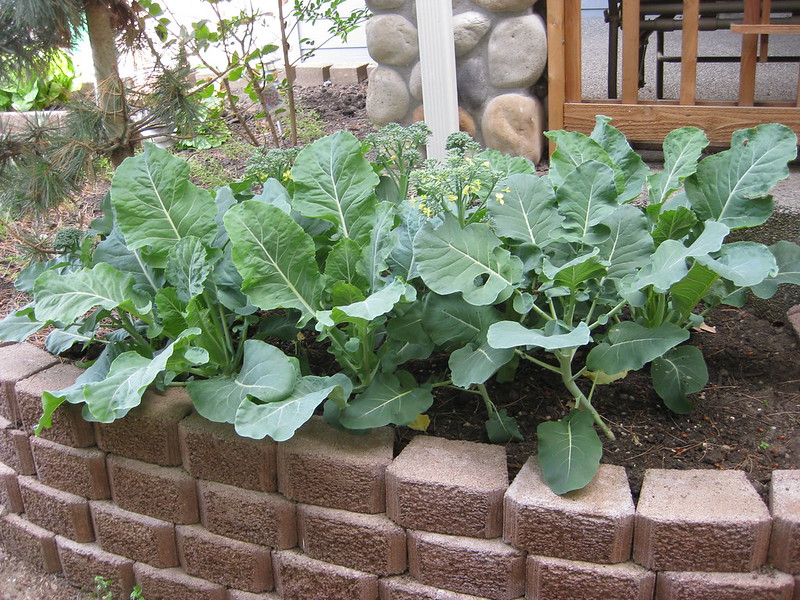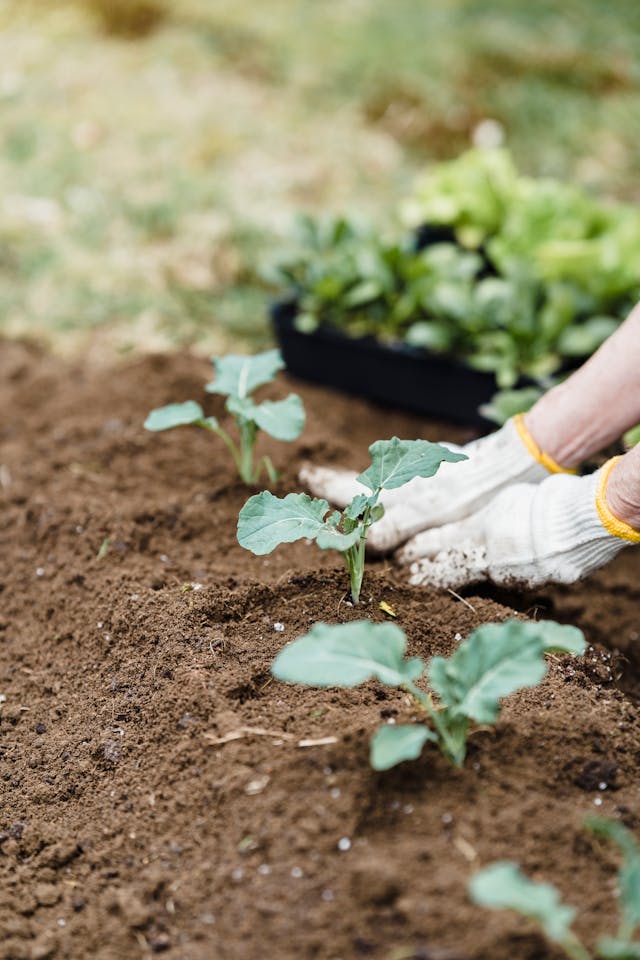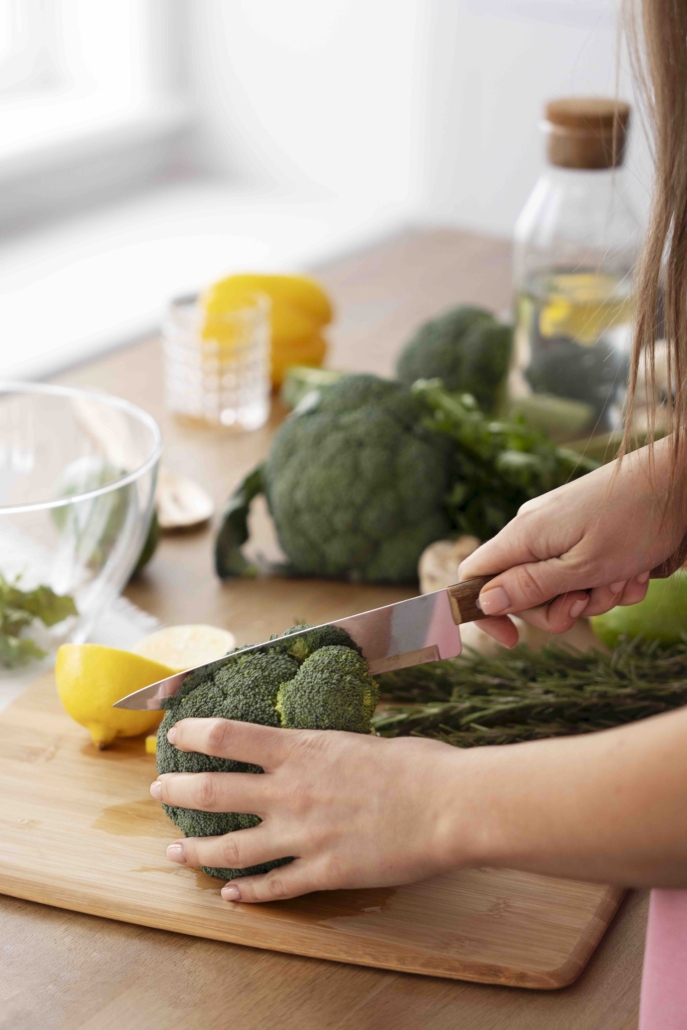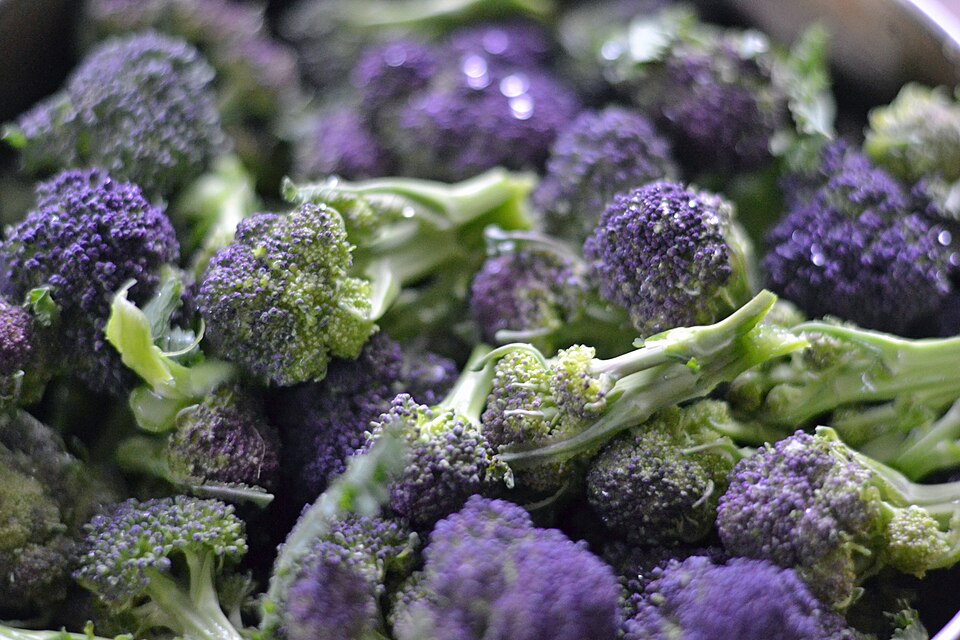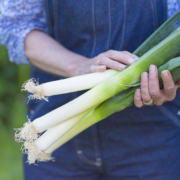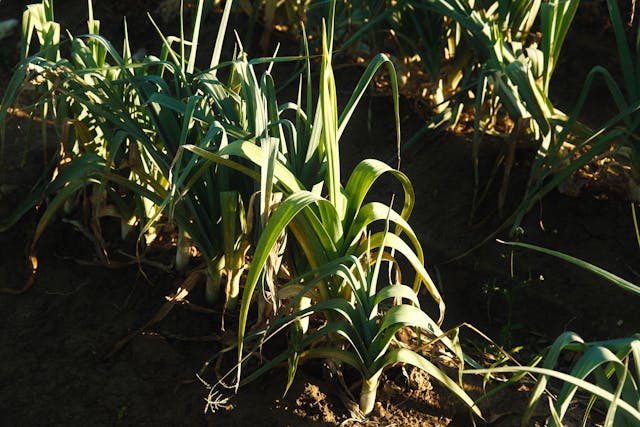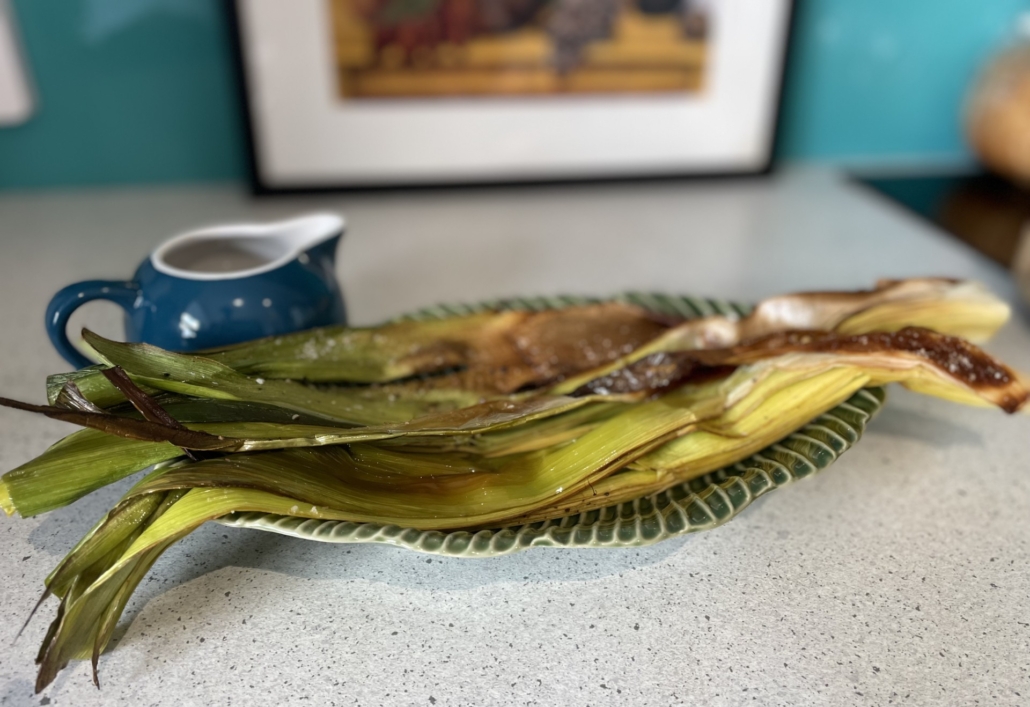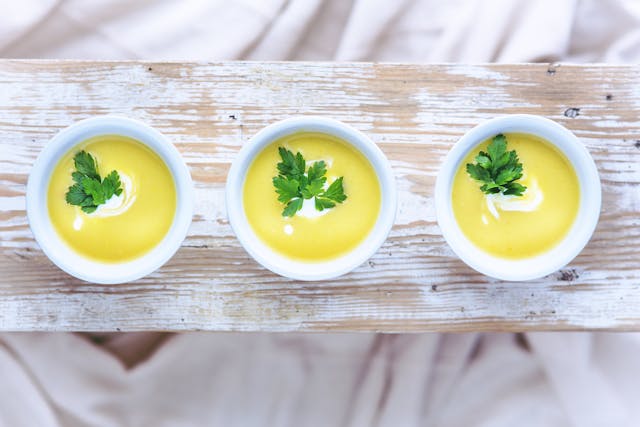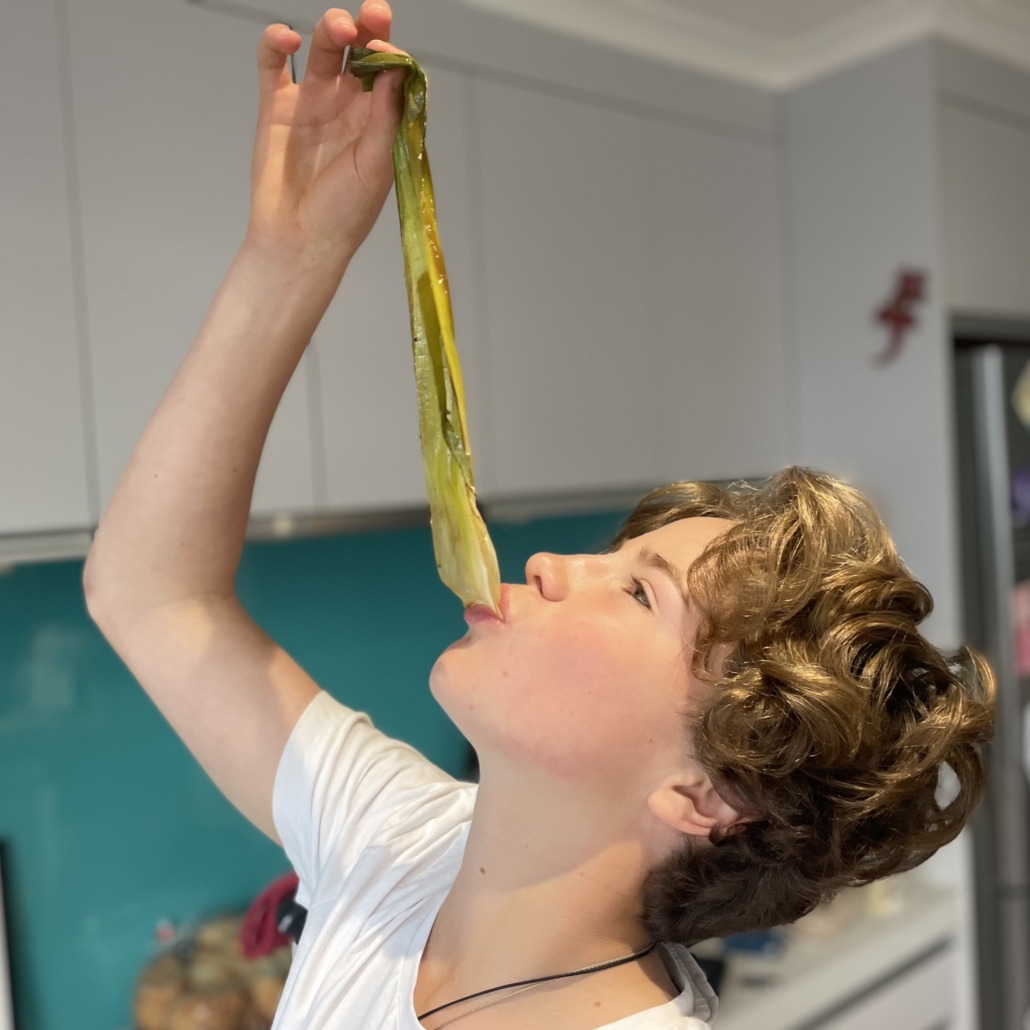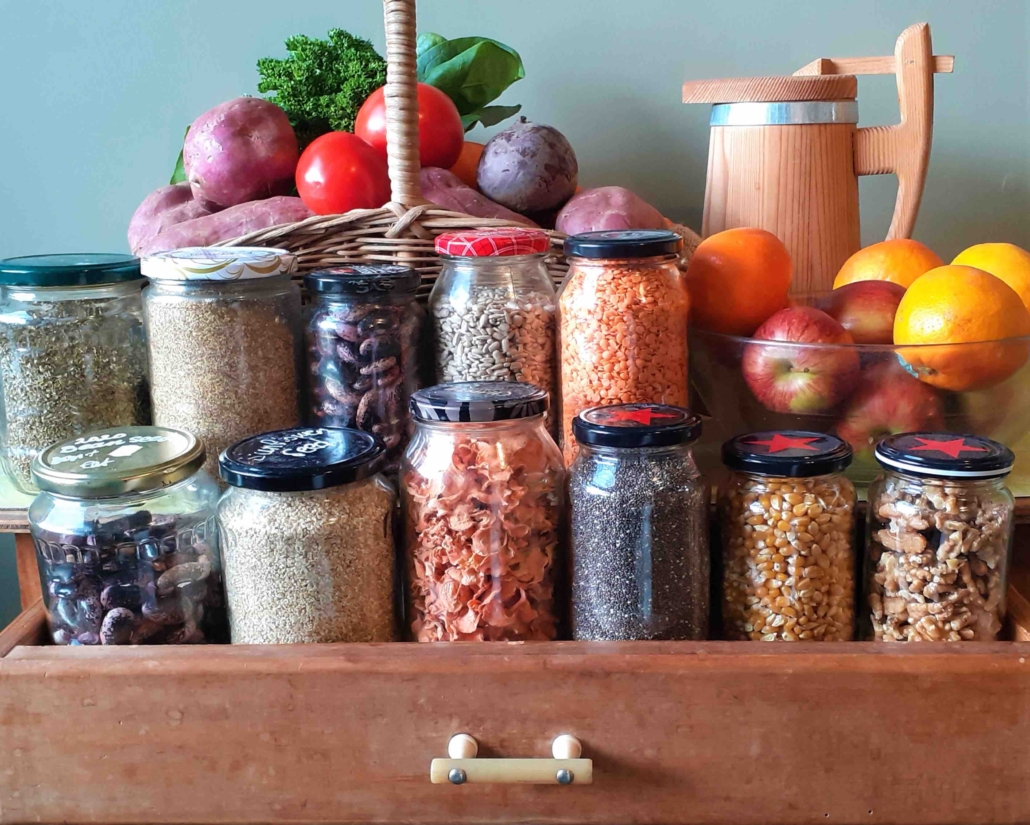Asparagus in season: From garden to table
Few vegetables announce spring quite like asparagus. With its tender green spears and delicate flavour, asparagus is one of New Zealand’s most celebrated seasonal treasures.
Nutritional therapist Paula Sharp introduces this spring star, including gardening tips, recipes and nutritional benefits.
We hope you enjoy this free article from OrganicNZ. Join us to access more, exclusive member-only content
A brief history
Asparagus (Asparagus officinalis) has been enjoyed for thousands of years. Native to the Mediterranean, it was prized by the ancient Egyptians, Greeks, and Romans for its flavour and medicinal properties. The Romans were so fond of it that they had an ‘asparagus fleet’ to quickly transport the spears to distant outposts.
By the sixteenth century it had spread across Europe, and later to the New World. Today, asparagus is enjoyed globally, with New Zealand growers producing some of the freshest and most flavourful asparagus in the Southern Hemisphere.
Harvested from September to December, asparagus thrives in regions such as Waikato, Canterbury, and Hawke’s Bay, where sandy soils and long sunshine hours provide the perfect growing conditions.
Nutritional benefits
This slender spear is as nourishing as it is delicious. Asparagus is low in calories but high in vitamins A, C, E, and K, as well as folate – vital for energy and cell repair.
It’s rich in antioxidants that help protect the body from free-radical damage and contains prebiotic fibre, which supports healthy digestion and feeds the beneficial bacteria in your gut.
Its natural diuretic properties make it light and cleansing, ideal for a springtime reset.
Gardening tips for organic growers
Asparagus is a perennial crop – once established, it can produce for 15–20 years. It requires patience, but the rewards are worth it. Planting time is from mid September on, as the soil temperatures rise.
- Site and soil: Choose a sunny, sheltered spot with free-draining, sandy soil. Asparagus dislikes wet feet. Work in plenty of compost and organic matter before planting.
- Planting: Start with crowns (one-year-old roots). Plant them in trenches 20cm deep, spreading the roots out like a starfish, and cover lightly with soil. Gradually fill in the trench as shoots appear.
- Spacing: Allow 40cm between plants and one metre between rows – asparagus needs room to spread.
- Patience pays: Don’t harvest for the first two years, allowing plants to establish strong root systems. From year three, you can harvest spears for about six weeks each spring.
- Organic care: Mulch well to keep weeds down and moisture in. Feed annually with compost or seaweed. In winter, after the ferny foliage dies back, cut it down and top-dress with organic matter.
- Growing your own asparagus is an investment, but once it’s in, you’ll be rewarded with tender, chemical-free spears every spring.
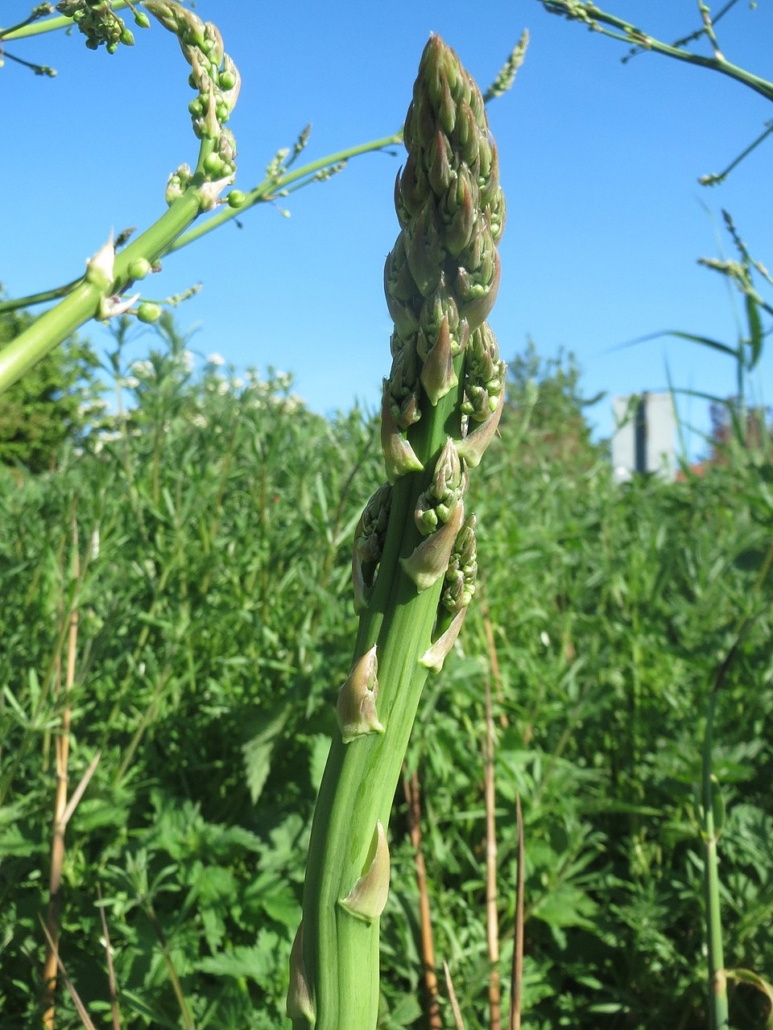
Photo: AnRo0002 / Wikimedia Commons
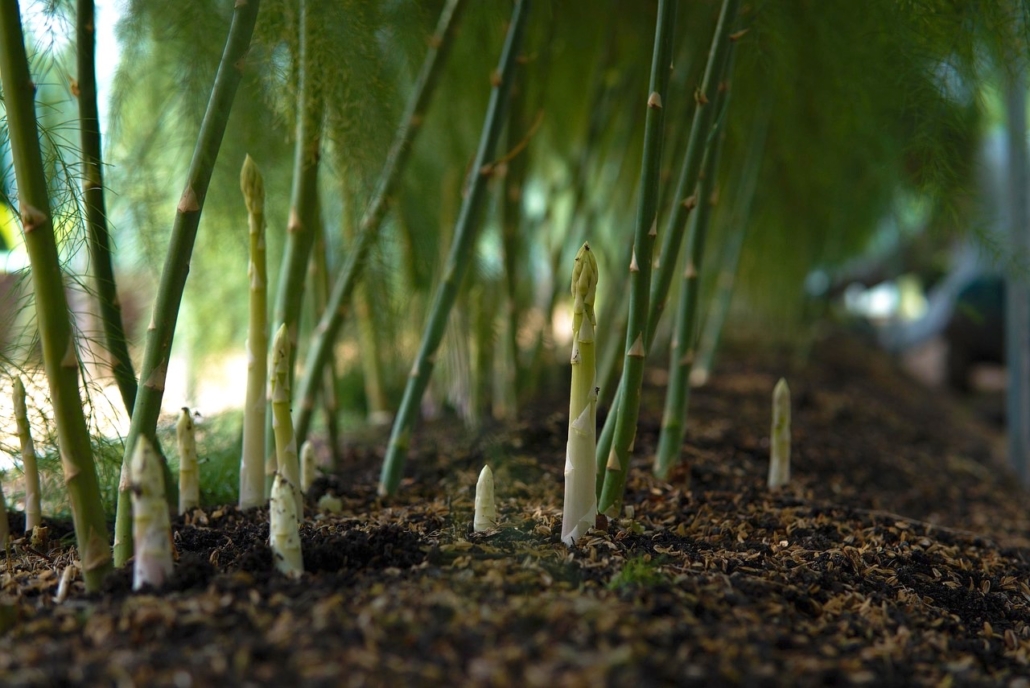
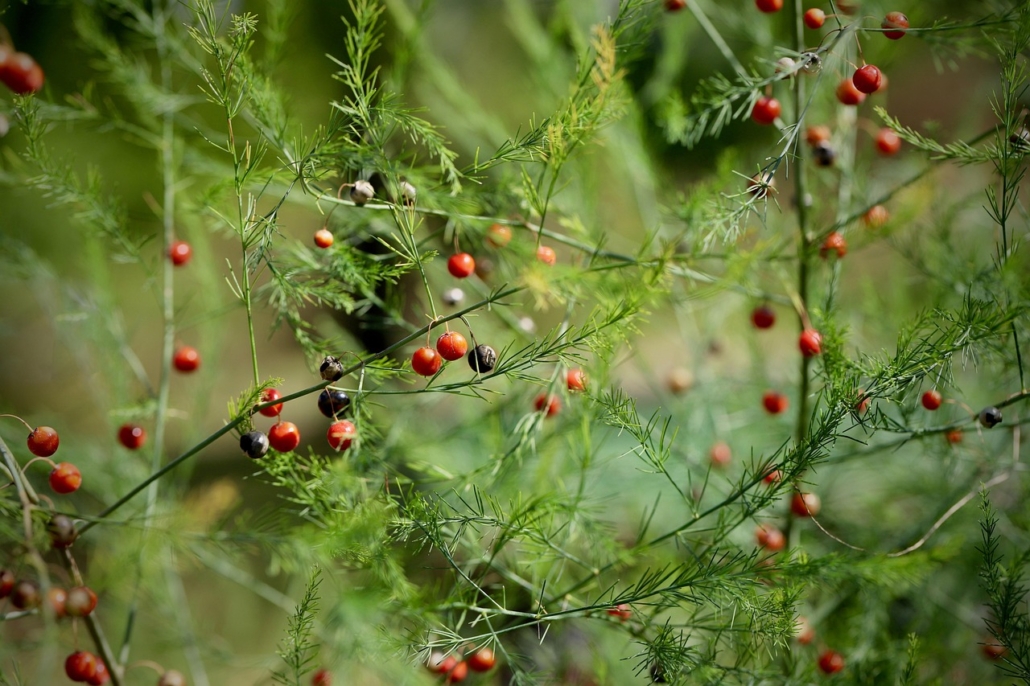
ABOVE: Asparagus spears, if not harvested, will grow into a ferny plant, and later in the season produce red berries.
Images: Kohei Tanaka / Pixabay and Nennieinszweidrei / Pixabay
DID YOU KNOW?
Purple asparagus is grown in New Zealand too – it’s sweeter and higher in antioxidants than the green variety. (Aphrodisiac history: In nineteenth-century France, grooms were served three courses of asparagus before their wedding night!)
Storage tip: Trim hard ends and then stand the asparagus spears upright in a glass with 2–3cm of water in the fridge. Cover loosely with a plastic bag. It can stay crisp for up to 5 days.
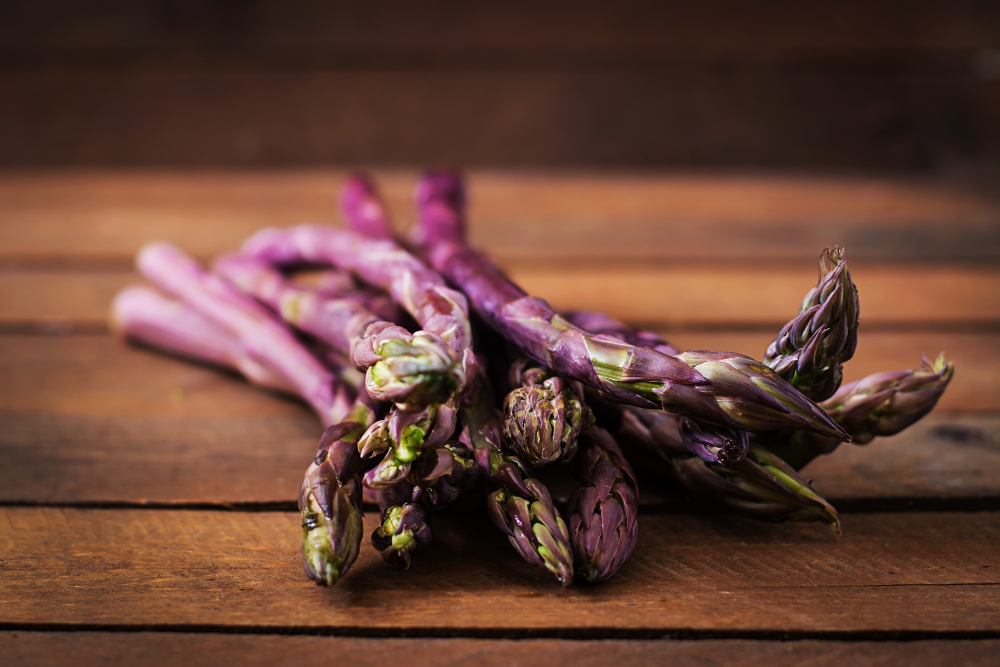
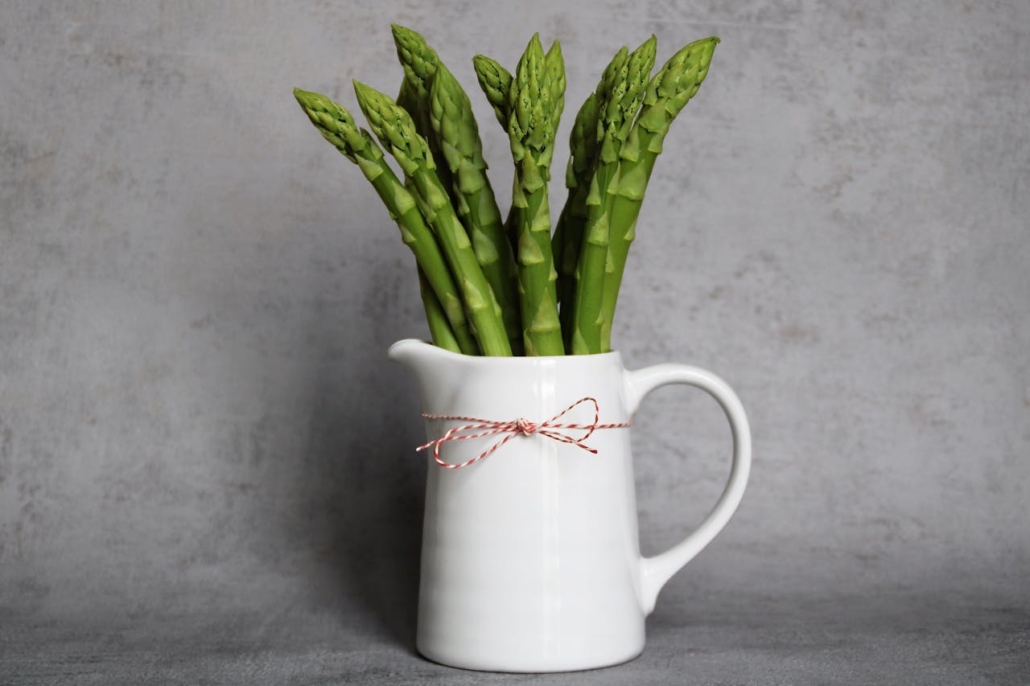
Images: Timolina / Freepik and Michaela St / Pexels)
Cooking with asparagus
Asparagus is wonderfully versatile. It can be steamed, roasted, grilled, stir-fried, or even shaved raw into salads. Its delicate flavour pairs beautifully with lemon, mint, eggs, seafood, and olive oil. Quick cooking helps retain its vibrant green colour and crisp texture.
Quick cooking: Overcooking dulls colour and flavour. Just a few minutes is enough to bring out its best.
A simple preparation trick: hold a spear at both ends and bend gently – it will naturally snap at the point where the woody end begins. Save those woody ends for stock.
Why eat in season?
It simply tastes better. Choosing local, seasonal asparagus ensures maximum flavour, nutrition, and freshness. By buying asparagus from your local grower or farmers’ market between September and December, you’re supporting sustainable farming while enjoying one of nature’s finest spring offerings.
Asparagus is more than just a seasonal vegetable – it tastes like spring! It is a nutrient-rich powerhouse vegetable, and a very rewarding plant for gardeners. Whether roasted with garlic or tossed in a zesty salad, asparagus brings vitality to the plate and reminds us that the best food is seasonal, local, and grown with care.
Asparagus recipes
Here are two easy ways to enjoy fresh asparagus in season.
Lemon & garlic roasted asparagus
Serves 4. Simple, fresh, and perfect as a side.
Ingredients
- 500g fresh asparagus spears
- 2 tbsp coconut oil
- 2 cloves garlic, finely chopped
- Juice and zest of ½ a lemon
- ¼ tsp sea salt
- ¼ tsp cracked black pepper
- 2 tbsp grated Parmesan cheese (optional)
Method
- Preheat oven to 200°C (fan bake).
- Add coconut oil to a baking tray and heat (until liquid)
- Trim asparagus and arrange on the tray, add garlic, and season with salt and pepper.
- Toss gently.
- Roast for 12–15 minutes until just tender.
- Finish with lemon juice, zest, and Parmesan if desired.
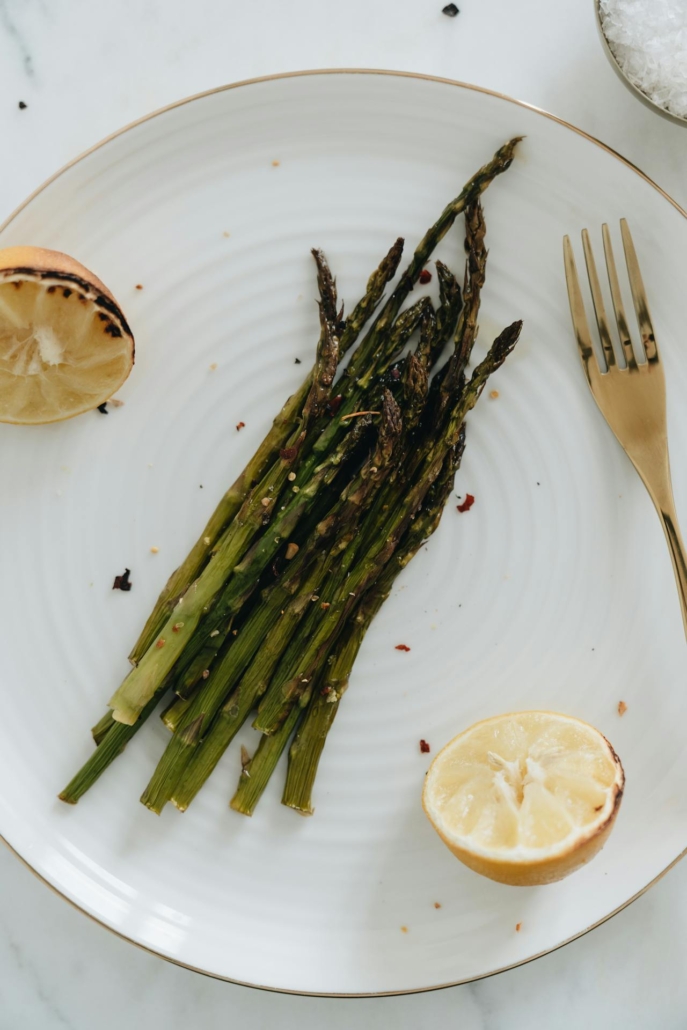
Image: Alleksana / Pexels
Asparagus, Feta and Mint Salad
Serves 4.
Ingredients
- 400g fresh asparagus spears
- 100g baby spinach leaves
- 80g feta cheese, crumbled
- ¼ cup fresh mint leaves, torn
- 2 tbsp extra virgin olive oil
- 1 tbsp balsamic vinegar
- 1 tsp honey
- ¼ tsp sea salt
- ¼ tsp cracked black pepper
Method
- Trim asparagus ends off and save for stock.
- Blanch the spears in boiling water for 2 minutes.
- Refresh in iced water, drain, and cut into 3–4cm pieces.
- In a large bowl, combine spinach, asparagus, feta, and mint.
- To make the dressing, put the last five ingredients in a jar and shake.
- Pour dressing over salad, and toss gently.

AUTHOR BIO: Paula Sharp is a qualified nutritional therapist dedicated to helping women feel their best through every stage of life.
She works one-to-one via Zoom with clients around the world, supporting women’s health in areas such as gut and digestive repair, hormonal balance, skin and hair vitality, restorative sleep, sustainable weight management, and recovery before and after surgery.
Alongside her private practice, Paula is a guest speaker and writer. Her career began in London, where she worked in the organic fruit and vegetable industry, which sparked a lifelong passion for seasonal, spray-free produce. Now based in Whakatāne, she tends her own extensive organic garden, putting her philosophy of ‘food as medicine’ into daily practice.
For more seasonal recipes and women’s wellness insights, explore Sharp Bite, Paula’s blog at www.paulasharpnutrition.com – a fresh bite of inspiration for healthier, more joyful living.
Photo at top of article: Almaje / iStock

